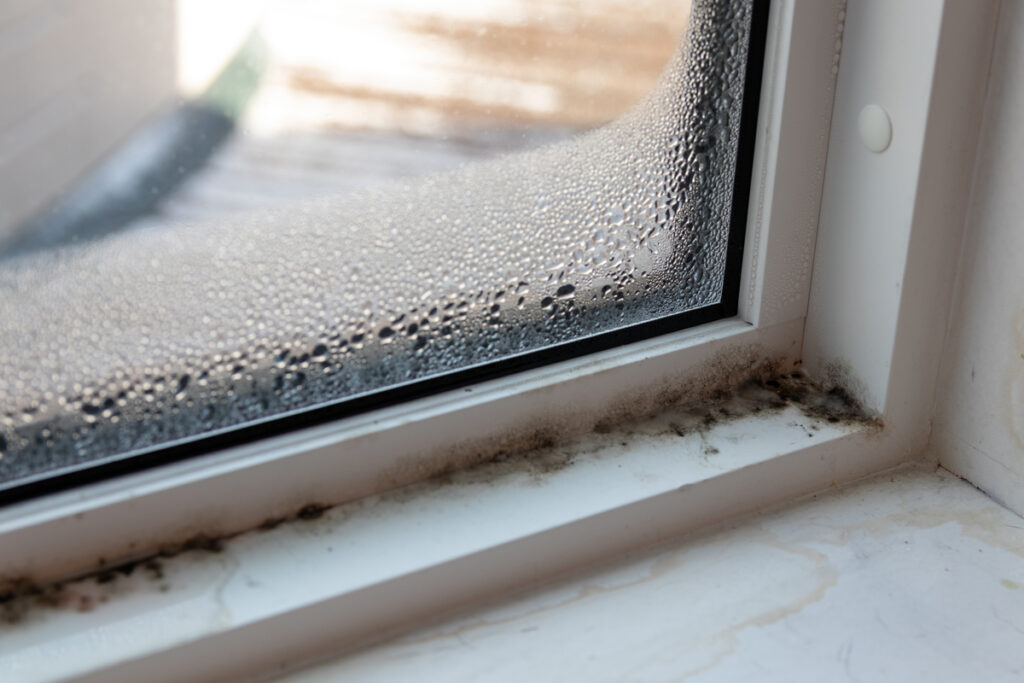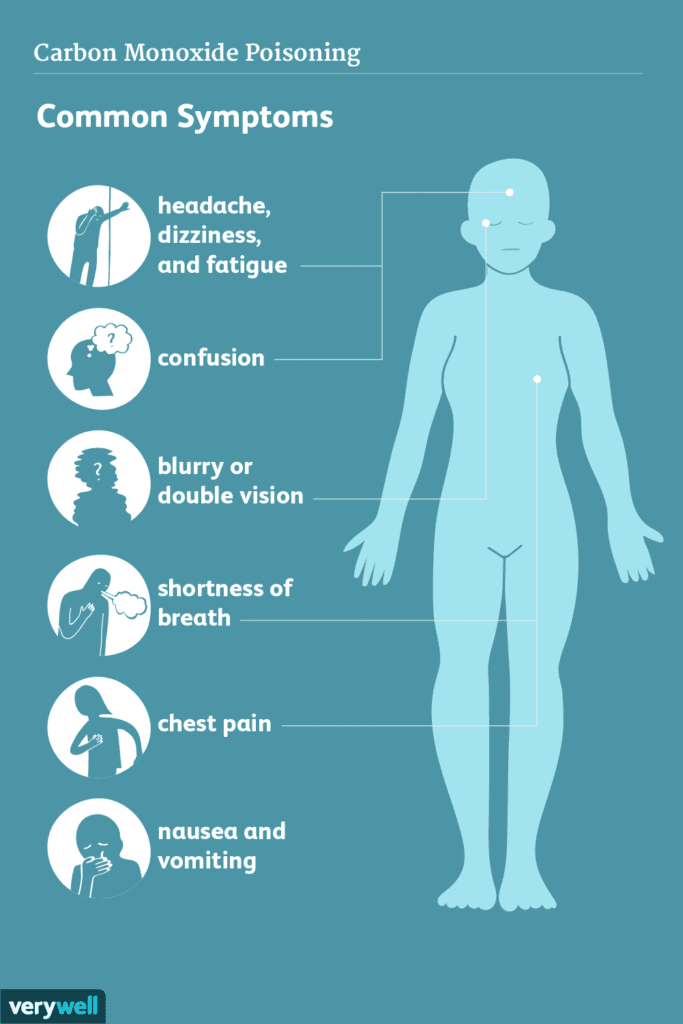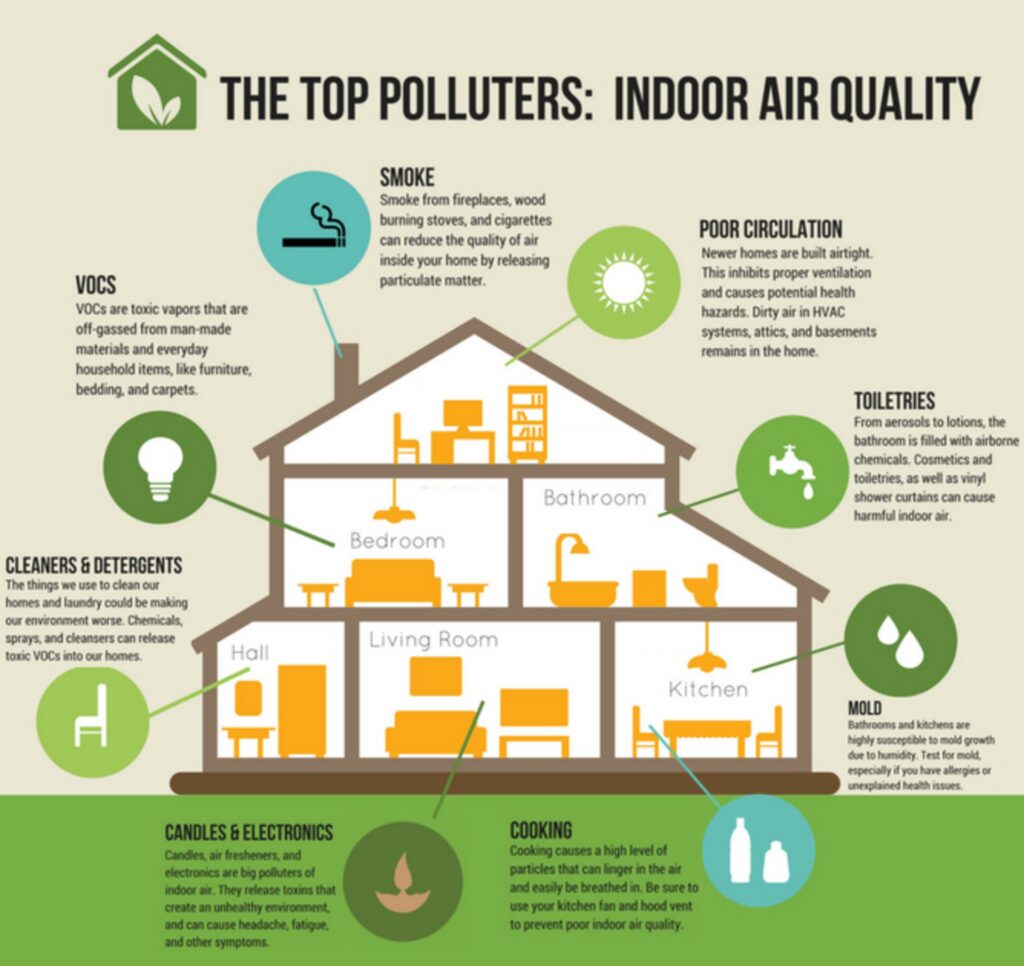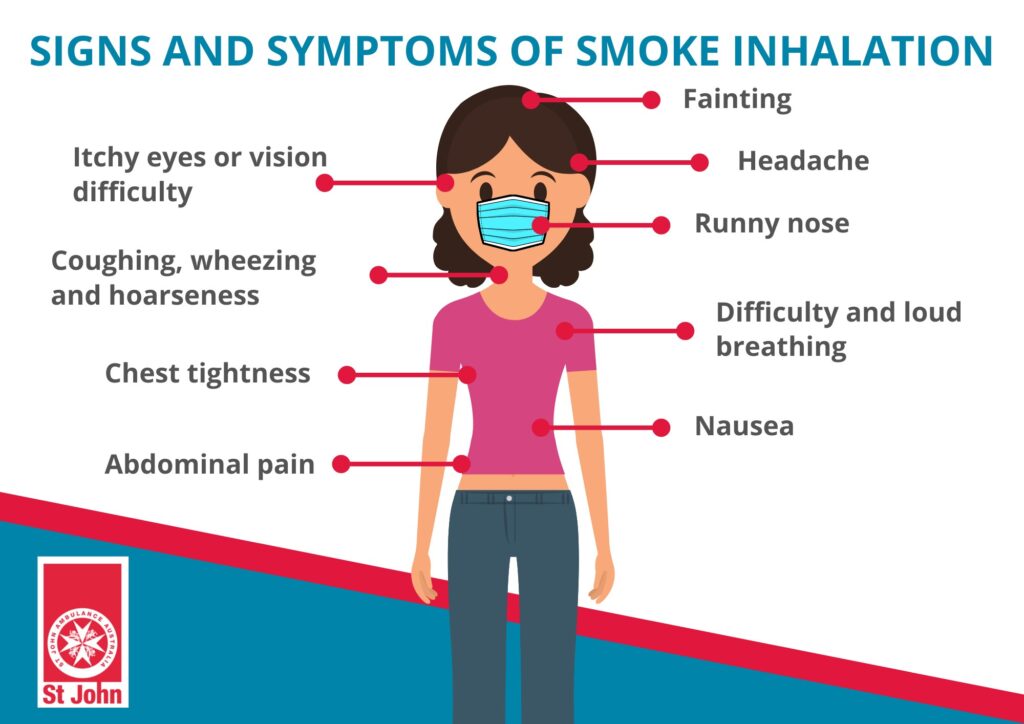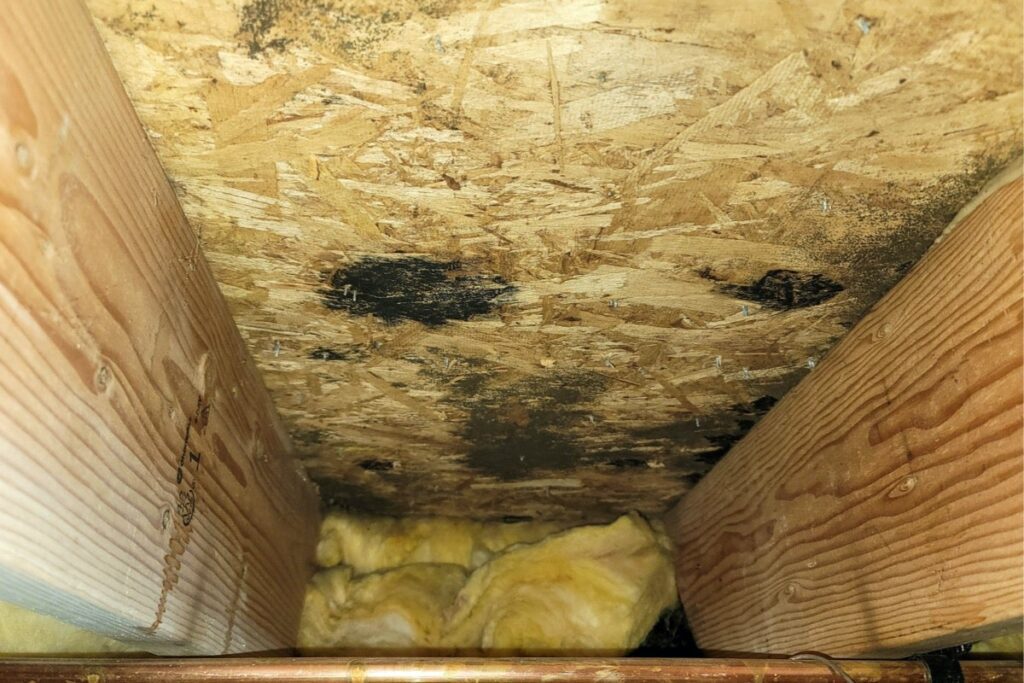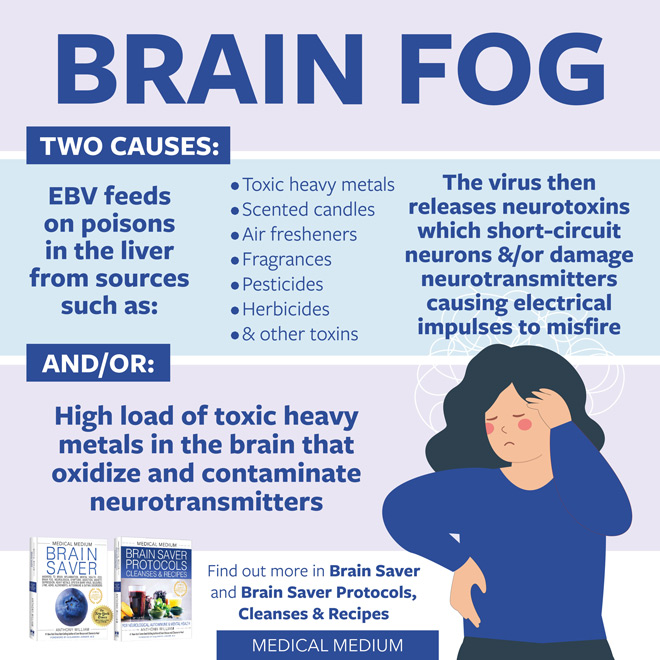If you’re dealing with mold in your home, you might be wondering if using an air purifier can help. Well, you’re in luck! In this article, we’ll explore the effectiveness of air purifiers in tackling mold problems. We’ll discuss how air purifiers work, the types of air purifiers that are best suited for mold removal, and the benefits of using one in keeping your indoor air clean and mold-free. So, get ready to breathe easy, because we’re about to uncover the truth about air purifiers and mold.
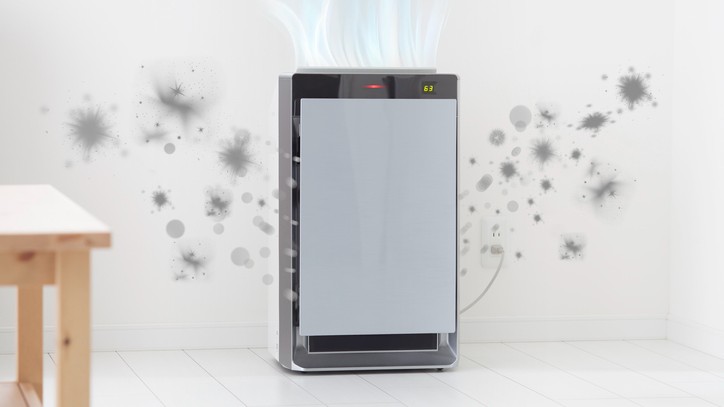

What is mold?
Mold is a type of fungus that can grow both indoors and outdoors. It thrives in moist environments and usually appears as a fuzzy or powdery substance in various colors, such as black, green, or white. It reproduces through tiny spores that travel through the air, making it easy for mold to spread and colonize new areas.
Health effects of mold exposure
Exposure to mold can have detrimental effects on your health. Mold releases spores into the air, and inhaling these spores can trigger allergies and respiratory issues. Common symptoms of mold exposure include coughing, sneezing, wheezing, nasal congestion, itchy eyes, and skin irritation. For individuals with pre-existing respiratory conditions or weakened immune systems, exposure to mold can exacerbate their symptoms and lead to more severe health problems.


What are air purifiers?
Air purifiers are devices designed to improve indoor air quality by removing pollutants, allergens, and odors from the air. They work by pulling in air through a fan and passing it through a filtration system that captures and traps particles. Air purifiers can help create a healthier living environment by reducing allergens, pollutants, and other airborne contaminants.
Mechanism of air purifiers
Air purifiers operate using various mechanisms depending on the type of technology they employ. The most common mechanisms include filtration, electrostatic precipitation, and ozone generation. Filtration-based air purifiers are the most effective for removing mold spores and other particulate matter from the air.
Types of air purifiers
There are several types of air purifiers available in the market, each with its unique features and benefits. The most common types include HEPA (High-Efficiency Particulate Air) purifiers, activated carbon purifiers, ionizers, and UV germicidal irradiation purifiers. HEPA purifiers are especially effective in removing mold spores from the air, while activated carbon purifiers excel at eliminating odors and chemicals.
How do air purifiers work?
Air purifiers work by employing different methods to capture and eliminate airborne contaminants, including mold spores.
Air filtration process
Air filtration is the most commonly used method in air purifiers. HEPA filters, or High-Efficiency Particulate Air filters, are the gold standard in air purification. They are designed to capture particles as small as 0.3 microns with an efficiency of 99.97%. Mold spores range from 1 to 30 microns in size, making HEPA filters highly effective in trapping and removing them from the air.
Types of filters used
Air purifiers use various types of filters to capture and eliminate airborne particles, including mold spores. In addition to HEPA filters, some purifiers also use activated carbon filters to remove odors, gases, and volatile organic compounds (VOCs). Pre-filters are commonly used to capture larger particles, extending the lifespan of the main filter.
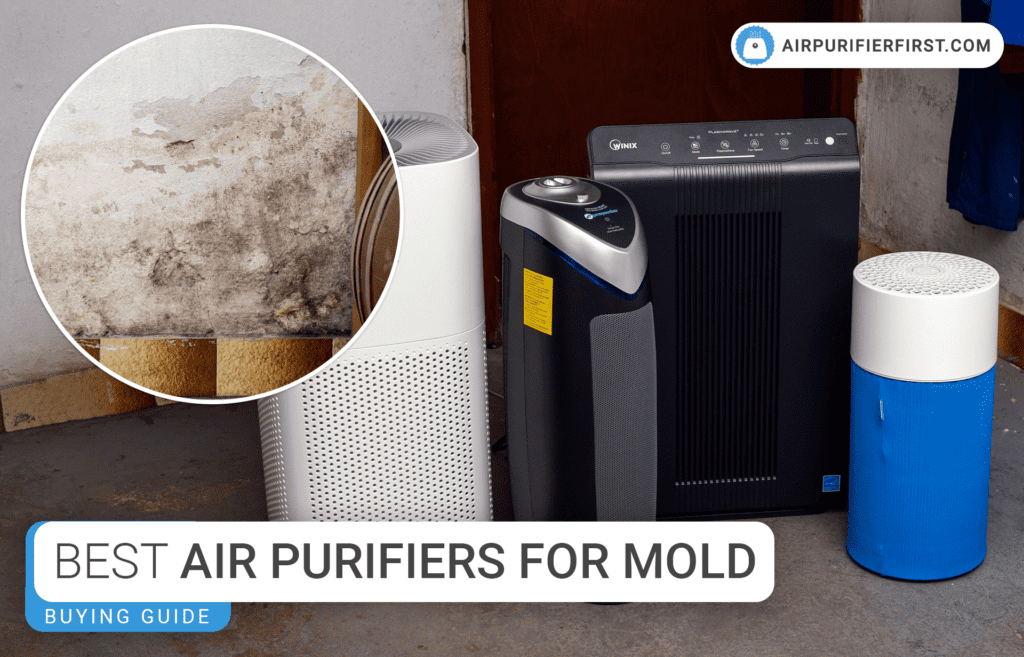

Can air purifiers remove mold?
Yes, air purifiers can effectively remove mold spores from the air, helping to reduce the risk of mold-related health issues. However, it is essential to understand that while air purifiers can remove mold spores from the air, they cannot eliminate the mold that is already actively growing on surfaces. To address existing mold problems, it is crucial to consult a professional mold remediation specialist.
Effectiveness of air purifiers against mold
Air purifiers can contribute significantly to reducing mold-related issues in indoor environments. Here are a few ways air purifiers can be effective against mold:
Capturing mold spores
Air purifiers with HEPA filters have a remarkable ability to capture mold spores from the air. This helps to reduce the overall concentration of mold spores in the environment and minimize the chances of inhaling them, thus mitigating the risk of allergic reactions and respiratory symptoms.
Preventing mold growth
By removing mold spores from the air, air purifiers can help prevent the colonization of new surfaces by mold, reducing the likelihood of mold growth. However, it is important to address the underlying cause of excess moisture or humidity that leads to mold growth in the first place.
Reducing mold-related allergens
Air purifiers, particularly those equipped with HEPA filters, can significantly reduce the presence of mold-related allergens, such as mold spores and mycotoxins, in the air. This can alleviate allergic reactions and improve the overall indoor air quality for individuals sensitive to mold.
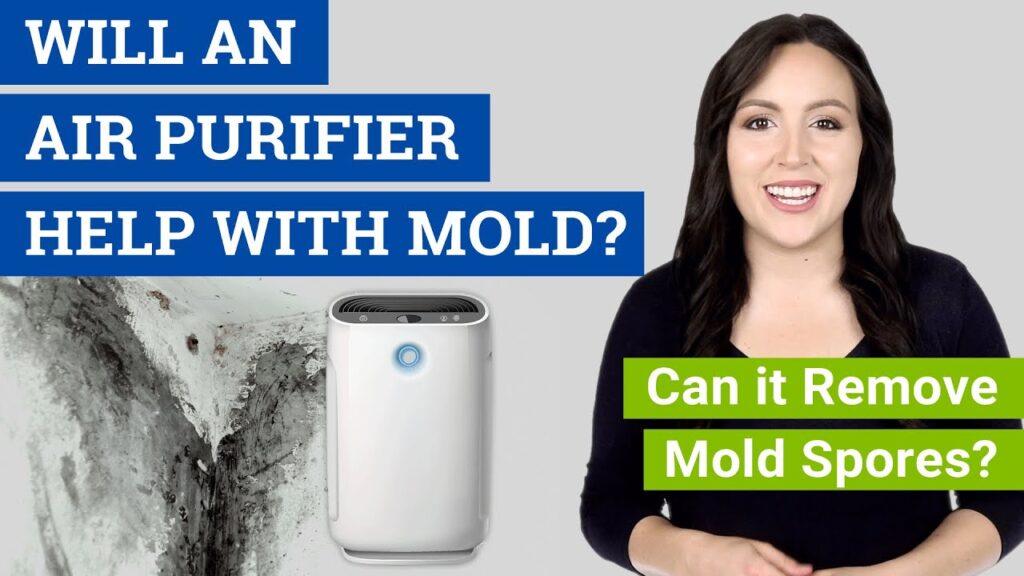

Factors to consider when choosing an air purifier
When selecting an air purifier to combat mold, there are several important factors to consider:
Size and coverage area
Consider the size of the room or area where the air purifier will be used. Different air purifiers have varying capacities and coverage areas, so choose one that is appropriate for your space. It is also essential to consider the Clean Air Delivery Rate (CADR), which indicates the volume of air the purifier can clean in a specific time frame.
Filter type and efficiency
HEPA filters are the most effective in capturing mold spores, so ensure that the air purifier you choose has a true HEPA filter. Look for an air purifier with a high-efficiency rating, as this indicates the purifier’s ability to remove particles from the air effectively.
Additional features
Some air purifiers come with additional features that can enhance their effectiveness against mold. Look for purifiers with antimicrobial coatings or Ultraviolet Germicidal Irradiation (UVGI) technology, as these features can help kill mold and prevent its growth on the surfaces of the purifier.
Maintenance of air purifiers
To ensure the continued effectiveness of an air purifier, regular maintenance is crucial. Here are a few maintenance tasks to keep in mind:
Regular filter replacements
Filters in air purifiers need to be replaced periodically to maintain optimal performance. Follow the manufacturer’s instructions on how often to replace filters and keep track of filter replacement schedules. Neglecting to change filters can result in reduced efficiency and compromised air purification.
Cleaning and maintenance
Keep the air purifier clean by regularly wiping it down and removing any accumulated dust or debris. Be sure to unplug the purifier before cleaning and follow the manufacturer’s instructions for proper cleaning techniques. Regular cleaning helps prevent the buildup of mold or other contaminants on the purifier and ensures it functions optimally.
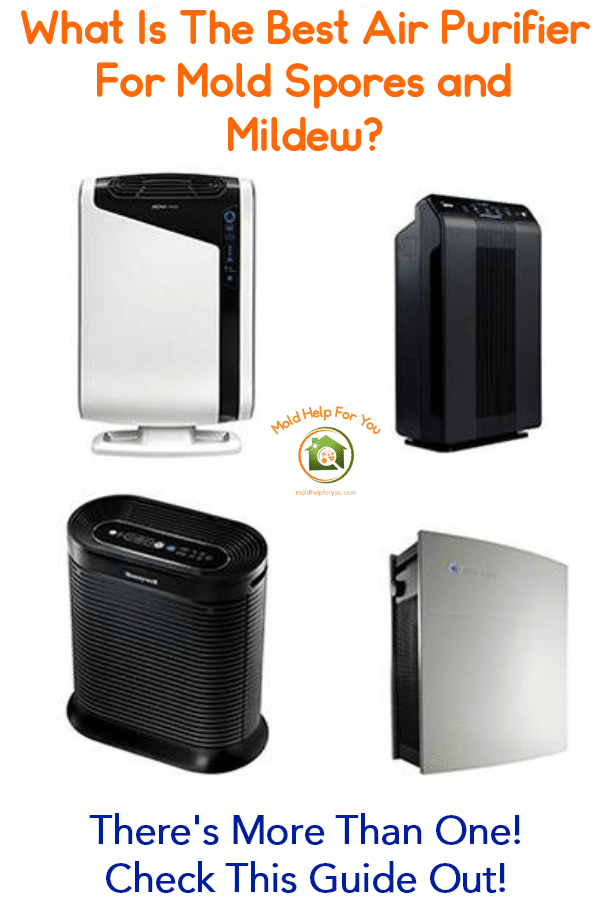

Additional steps to prevent mold growth
While air purifiers can help reduce mold-related issues, it is essential to address the underlying causes of mold growth. Here are some additional steps to prevent mold growth in your home:
Controlling humidity levels
Mold thrives in high humidity environments, so it is crucial to keep the humidity levels in your home between 30% and 50%. Use dehumidifiers or air conditioners to control moisture levels, especially in areas prone to dampness, such as bathrooms, basements, and crawl spaces.
Improving ventilation
Proper ventilation is key to preventing mold growth. Ensure that your home has adequate airflow by using exhaust fans in high moisture areas, opening windows to allow fresh air circulation, and using air purifiers with built-in fans to improve air movement.
Removing existing mold
If you discover mold growth in your home, it is essential to address it promptly. Consult a professional mold remediation specialist to safely remove and remediate the affected areas. Removing the source of the mold is crucial to prevent its recurrence and maintain a healthy indoor environment.
Conclusion
Air purifiers can be a valuable tool in combating mold-related issues in indoor environments. By effectively capturing mold spores and reducing the concentration of airborne allergens, air purifiers can contribute to a healthier living space. However, it is important to remember that air purifiers are not a cure-all for mold problems. Professional mold remediation, along with preventive measures like controlling humidity and improving ventilation, are crucial for long-term mold prevention. By combining these strategies, you can create a cleaner, healthier indoor environment and reduce the risk of mold-related health issues.


